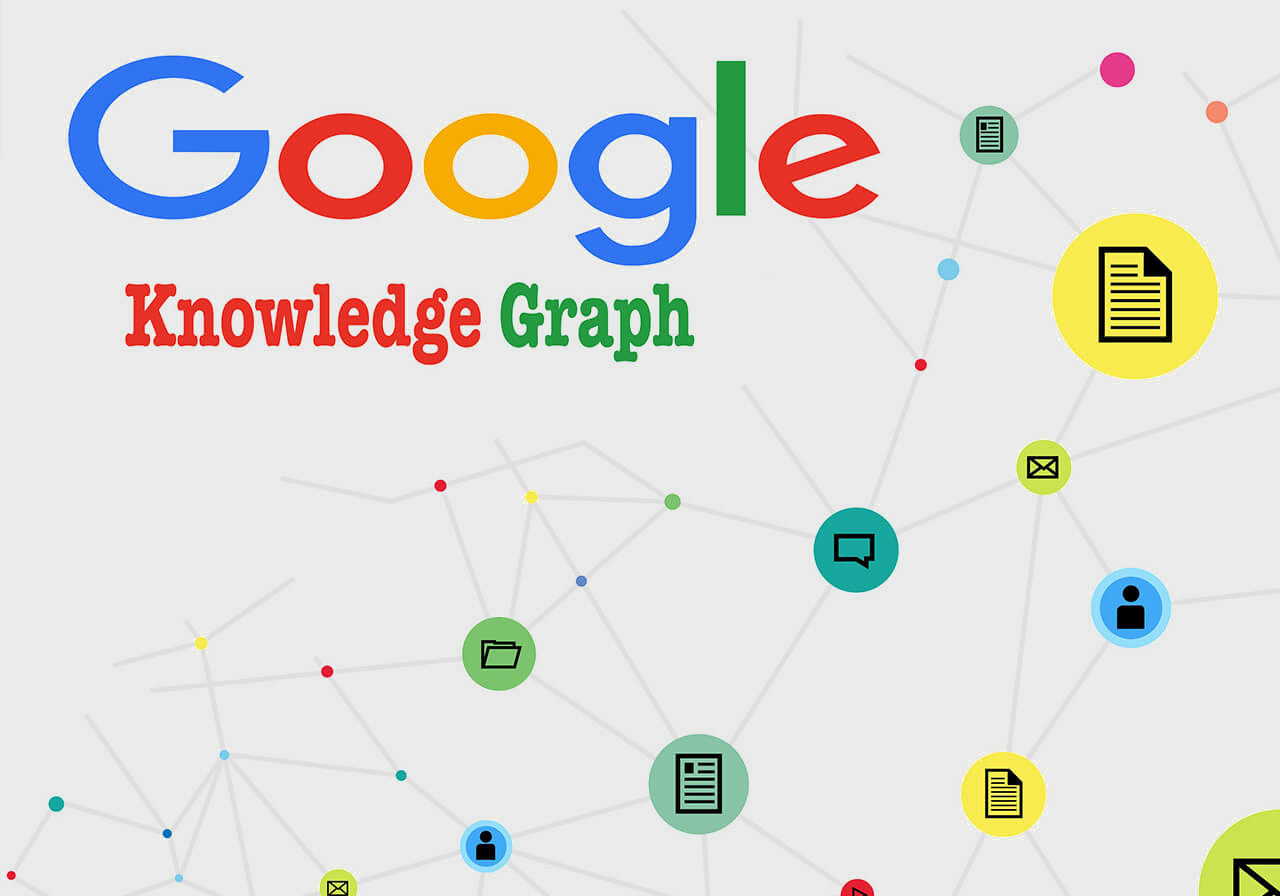
Understanding Google’s Knowledge Graph and How to Optimise for It
 June 26, 2025
June 26, 2025
 Team Beyond words
Team Beyond words
Google’s Knowledge Graph is a system that enhances search results with semantic- search information gathered from various authoritative sources. Introduced in 2012, it aims to help users discover new information quickly by understanding the relationships between people, places, things, and facts about them.
When you search for an entity such as a brand, a public figure, or a landmark, the Google Knowledge Graph provides a summary on the right-hand side of the search results page, called a Google Knowledge Panel. These panels offer a snapshot of key details, including names, descriptions, images, websites, social profiles, and more.
For brands and companies, the Google Knowledge Graph plays a vital role in shaping online visibility and credibility. It enhances your brand’s perception in search results by displaying verified information directly to users. This visibility can drive more qualified traffic, support brand authority, and improve performance across voice and zero-click searches.
The Knowledge Graph pulls data from sources like Wikipedia, Wikidata, the CIA World Factbook, and official brand websites. It cross-references this information with Google’s index and user search behaviour to present the most relevant result. For businesses and individuals alike, being included in the Knowledge Graph can significantly improve visibility, credibility, and engagement in search results
To improve your chances of appearing in the Google Knowledge Graph, consider the following actions:
- Use structured data markup: Implement schema.org markup on your website. This helps Google understand the content and context of your pages. Focus on entity-related schemas such as Organisation, Local Business, Person, or Product.
- Create or optimise a Wikipedia page: Since Wikipedia is one of the primary sources for the Google Knowledge Graph, having a well-referenced Wikipedia page increases the chances of your brand being included.
- Claim and update your Google Knowledge Panel: If Google Knowledge Panel already exists for your brand, claim it using a verified Google account. Once claimed, keep the information up to date.
- Build authority across the web: Google favours brands that are cited on authoritative websites. Secure backlinks and mentions from trusted media, directories, and industry-specific platforms.
- Optimise your Google Business Profile: For local businesses, an accurate and complete Google Business Profile contributes to visibility in local Knowledge Panels.
- Maintain consistent branding and information: Ensure your brand name, logo, contact details, and social media profiles are consistent across all platforms. This helps Google connect data points and build an accurate profile.
While inclusion in Google’s Knowledge Graph isn’t guaranteed, aligning your digital presence with these best practices significantly improves your eligibility. In doing so, you enhance brand visibility, credibility, and search performance, particularly in zero-click and voice search environments.


